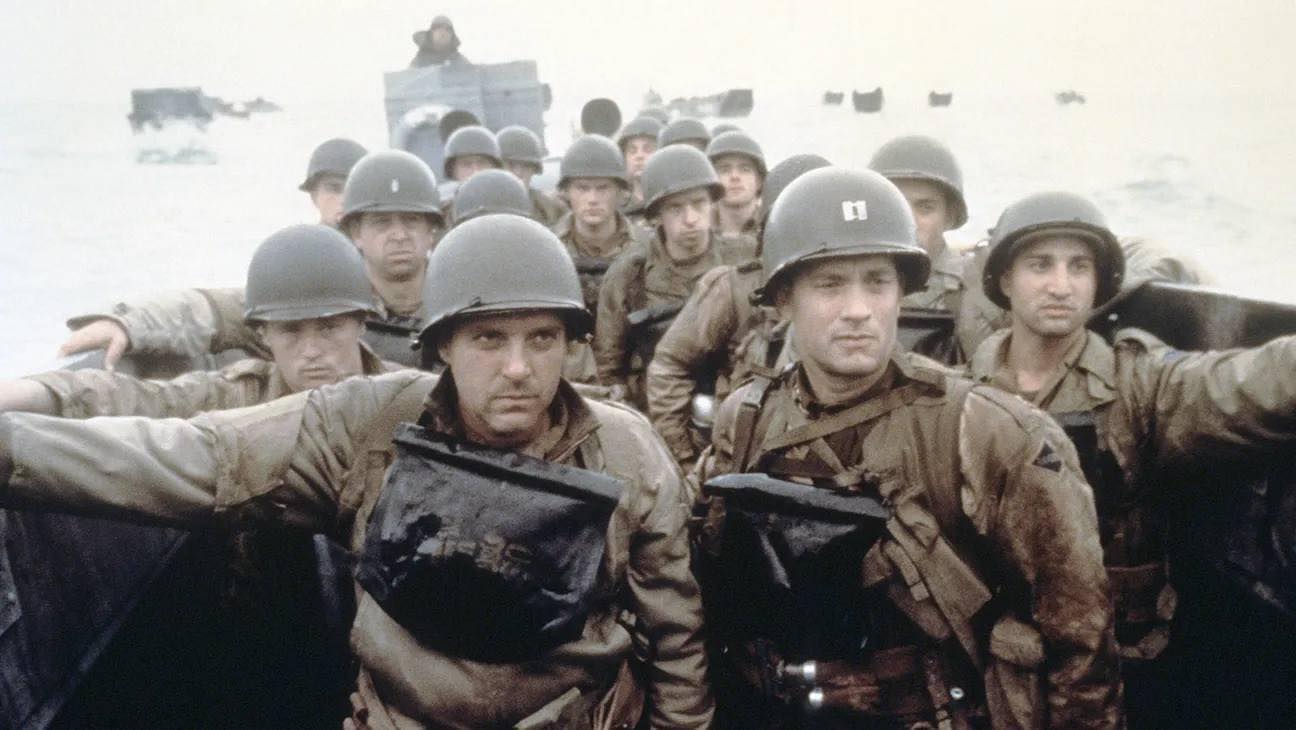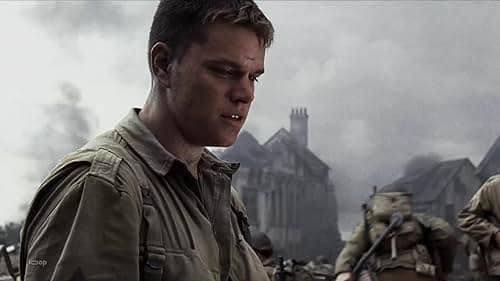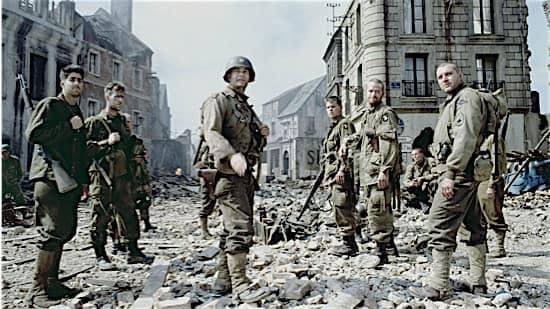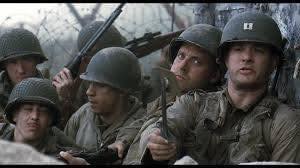“Saving Private Ryan”: A Cinematic Masterpiece of War’s Brutality and Humanity

Introduction
“Saving Private Ryan,” directed by Steven Spielberg and released in 1998, stands as a monumental achievement in war cinema. This film not only redefined the genre with its unflinching portrayal of combat but also delved deep into the emotional and psychological toll of war. With a stellar cast led by Tom Hanks and a story rooted in the realities of World War II, Spielberg’s creation remains a powerful exploration of duty, sacrifice, and the human spirit.
Plot and Characters
The narrative of “Saving Private Ryan” is set against the backdrop of the D-Day invasion. The film opens with a harrowing depiction of the Omaha Beach assault, a sequence that has become iconic for its raw and realistic portrayal of battle. Tom Hanks stars as Captain John Miller, a composed and determined leader tasked with a seemingly impossible mission: to locate and bring home Private James Ryan (Matt Damon), whose three brothers have been killed in action.
Captain Miller’s squad, each member bringing unique strengths and vulnerabilities, accompanies him on this perilous journey. The ensemble cast, including Edward Burns, Barry Pepper, Giovanni Ribisi, Vin Diesel, and Adam Goldberg, delivers compelling performances that capture the camaraderie and tension inherent in such a mission. Matt Damon, as the eponymous Private Ryan, embodies the everyman soldier caught in the maelstrom of war.
Direction and Cinematography
Steven Spielberg’s direction is nothing short of masterful. The Omaha Beach sequence, in particular, is lauded for its technical brilliance and emotional intensity. Spielberg employed innovative techniques, such as handheld cameras and desaturated color palettes, to immerse viewers in the chaos and carnage of battle. The visceral realism of these scenes is further enhanced by the sound design and John Williams’ haunting score.
Janusz Kamiński’s cinematography plays a crucial role in the film’s impact. The use of desaturated colors and handheld shots creates an almost documentary-like feel, making the audience feel as if they are part of the action. The camera work during combat sequences is frenetic and unflinching, capturing the confusion and brutality of war.
Themes and Emotional Resonance
At its core, “Saving Private Ryan” is more than just a war film. It is an exploration of the themes of duty, sacrifice, and the bonds forged in the crucible of conflict. The characters grapple with the moral ambiguities of war, questioning the worth of their mission and the value of one man’s life over another’s.
The film’s emotional weight is carried by the performances of its cast, particularly Tom Hanks. His portrayal of Captain Miller—a man burdened by the horrors of war and the responsibility of leadership—is both nuanced and powerful. The interactions among the squad members highlight the humanity amidst the inhumanity of war, showcasing moments of bravery, fear, and camaraderie.
Critical Acclaim and Legacy
“Saving Private Ryan” received widespread critical acclaim and numerous accolades, including five Academy Awards. The film’s realistic depiction of combat has set a new standard for war movies, influencing countless filmmakers and shaping the genre for years to come. Its impact extends beyond cinema, sparking discussions about the portrayal of war and the experiences of veterans.
The film’s legacy is also evident in its educational value. Many historians and educators use “Saving Private Ryan” as a tool to convey the realities of World War II to younger generations. Its unflinching honesty and emotional depth provide a window into the past, honoring the sacrifices of those who fought and died
Conclusion
“Saving Private Ryan” is a cinematic triumph that transcends its genre. Steven Spielberg’s visionary direction, combined with stellar performances and groundbreaking technical achievements, creates a film that is both a gripping war story and a profound meditation on the human condition. Its enduring legacy speaks to its power to move and educate audiences, ensuring that the heroism and horrors of World War II are never forgotten.











